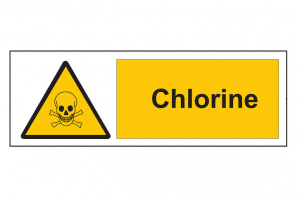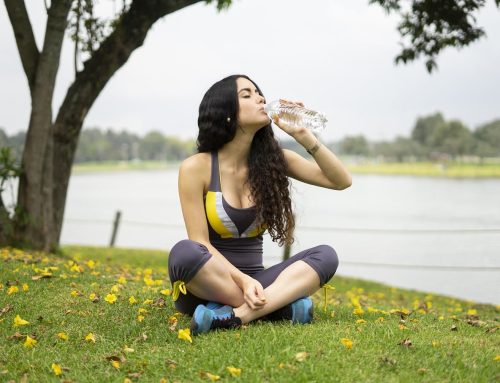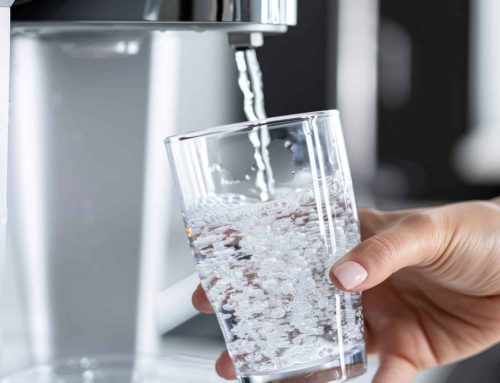 Chlorine is a common non-metallic element belonging to the halogens. It is used to purify water and as a bleaching agent and disinfectant, and occurs naturally only as a salt (as in sea water)
Chlorine is a common non-metallic element belonging to the halogens. It is used to purify water and as a bleaching agent and disinfectant, and occurs naturally only as a salt (as in sea water)
Chlorine has been used for aeons to eliminate waterborne diseases and pathogens and is used to keep bacteria growth in drinking water under control.
Unfortunately, when chlorine is combined with various organic matters, it creates a by-product called Trihalomethanes (THMs) which are highly toxic. Research has linked chlorine by-products to bladder, colon and rectal cancers in individuals that are exposed to them over a long period of time; it also poses a greater risk of birth defects or miscarriage for pregnant women who drink it.
Chlorine is used to treat water in most areas, and is therefore in your drinking water, and any other water that you utilise for bathing, showering, doing the laundry, brushing your teeth, and cooking your food.
Chlorine can be removed from water via various methods, including:
- Carbon Filtration, which will absorb the chlorine in the water, removing any organic compounds as well as chlorine by-products and trace elements. You will immediately notice the difference in both smell and taste of filtered water.
- Reverse Osmosis, wherein the water passes through a semi-permeable membrane to remove ions, molecules, bacteria and larger particles from drinking water is the best method to remove chlorine from water. Reverse osmosis filtration will remove 99% of contaminants, including heavy metals and pesticides, from any type of water.
My personal favourite method for ensuring that my drinking water is pure and tastes great is my Executive mains water cooler from Living-Water. It is plugged directly into my main water line and fitted with a triple-action carbon filter which ensures that my water is toxin-free long before it reaches my glass. The bonus is that the water is chilled to perfection, and in the winter I can even get hot water for my cocoa from it.





